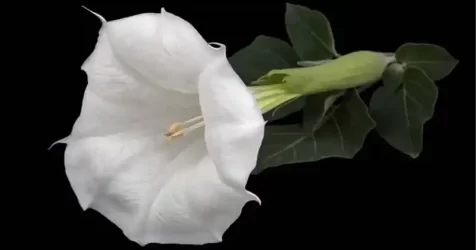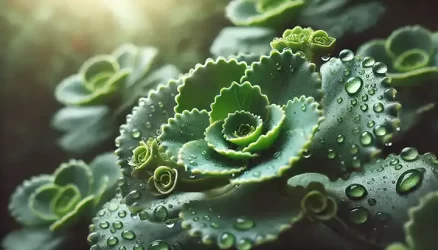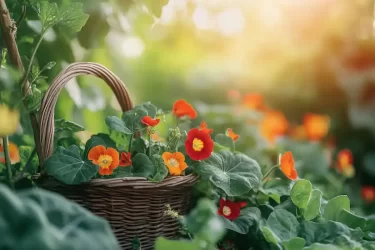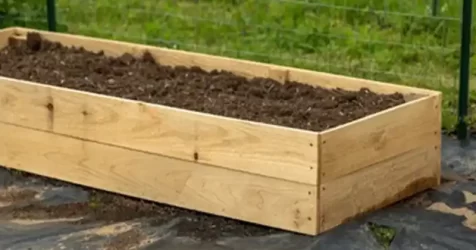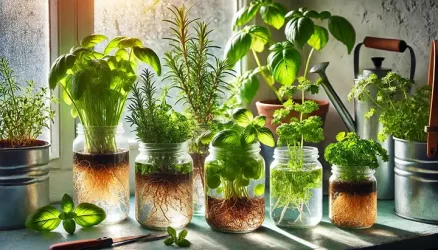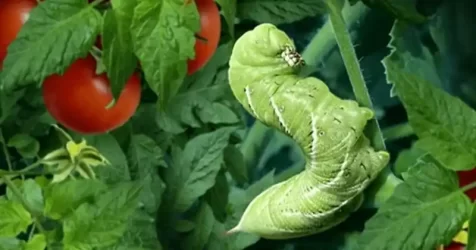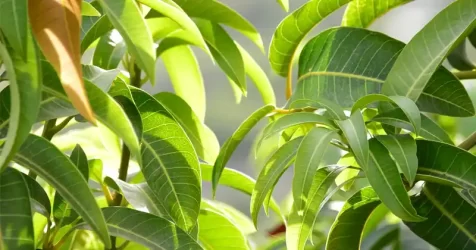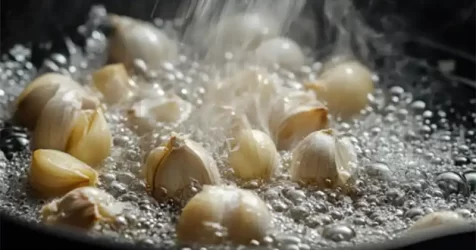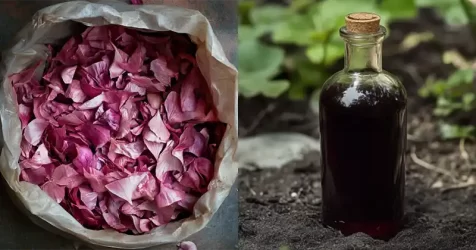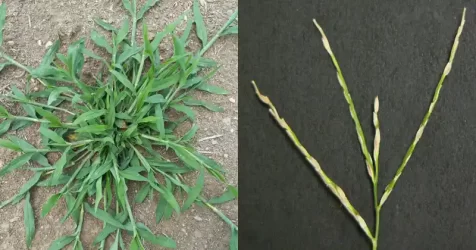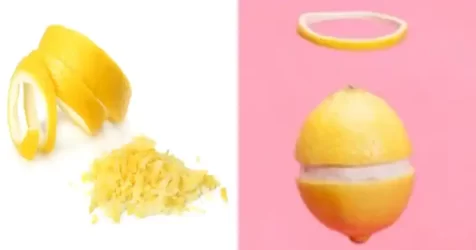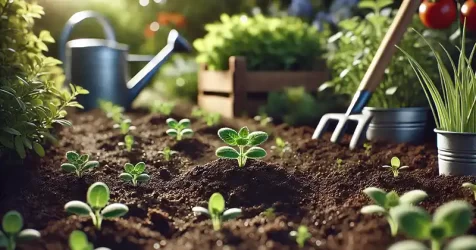The Fastest Way to Grow Coriander at Home in Containers (From Seed)
Growing coriander at home in containers from seed can be a rewarding experience, offering fresh herbs for your culinary needs. Here’s a comprehensive guide to help you grow coriander efficiently:
Seed Preparation and Germination

- Splitting the Seeds: Coriander seeds are technically a fruit containing two seeds. To increase germination rates, split the seeds gently. This can be done by pressing them lightly with a slipper on a rough surface.
- Soaking: Soak the split seeds in water for 3-6 hours. This initiates the germination process.
- Paper Towel Method: Post soaking, place the seeds in moist paper towels, seal them in a plastic bag, and keep them in a warm place. Sprouting should occur in about three days.
Planting
- Soil Preparation: Use well-draining soil rich in organic matter. Enhance the soil with compost or aged manure. You might also add sand for better drainage if the soil is heavy.
- Planting Depth and Spacing: Sow the seeds about 1/4 inch deep and 6 inches apart. Ensure good soil moisture until germination, which typically takes 7-10 days.
- Container Selection: Use containers with adequate drainage holes to prevent root rot. Trays or tubs are effective for growing multiple rows of coriander.
- Location: Coriander thrives in temperatures between 17° to 27°C and needs at least 6 hours of sunlight daily. It can be grown in partial sun, and creating a microclimate by planting under taller plants like tomatoes can extend the growing season.
Care and Maintenance
- Watering: Regular watering is crucial, especially in dry periods. Avoid overwatering to prevent root rot. Coriander has deep taproots, so ensure good soil drainage.
- Fertilizing: Use a balanced fertilizer monthly or add compost to the soil before planting for natural nutrients.
- Mulching: Apply a layer of organic mulch around the plants to retain soil moisture and suppress weed growth.
Harvesting
- Leaves: Begin harvesting when the plant is about 6 inches tall. Regular harvesting of leaves encourages more growth. You can snip off entire stems or pick individual leaves.
- Seeds: Wait for the plants to flower and develop seed heads. Harvest the seeds when they turn brown. Dry the seeds before using them in recipes or storing them.

Storing
- Leaves: Wrap coriander leaves in paper towels and store them in an airtight container in the fridge. Replace the paper towels if they get damp. For long-term storage, freezing is recommended.
- Seeds: Store dried seeds in an airtight container in a cool, dark place for up to a couple of years.
Pest Management and Problems
Be vigilant for pests like slugs, snails, and aphids. Handpick slugs and snails at night and use environmentally-friendly methods for aphid control. To prevent bolting (early flowering), ensure regular watering and planting bolt-resistant cultivars.
By following these steps, you should be able to enjoy a bountiful harvest of coriander from your home garden. Remember, regular care and attention are key to successful growth and harvest.
